Vis Vis
Have you ever seen the term “vis vis” pop up in emails, blogs, or messages and wondered—is that even a real phrase? You’re not alone. This curious, often confusing term has made its way into modern digital communication, usually intending to sound formal or intellectual, yet it’s riddled with misunderstanding. So, what does “vis vis” actually mean? Or does it even mean anything?
Let’s raise the dimension of clarity.
Important Disclaimer:
“Vis vis” is not an officially recognized English phrase. It is often a typographic error or a simplified version of the French term “vis-à-vis,” which means face-to-face, in relation to, or opposite to. It appears informally in emails, forums, and blogs, usually due to keyboard limitations or casual usage.
What People Mean When They Type “Vis Vis”
Even though “vis vis” isn’t correct by grammatical standards, most people using it intend to say:
- “In comparison to”
- “With regard to”
- “Opposite of”
- “In relation to”
Example:
“I agree with your point vis vis the client expectations.”
(They likely mean: “I agree with your point vis-à-vis the client expectations.”)
Why “Vis Vis” Is So Common Online
Despite being incorrect, “vis vis” has gained traction in informal digital contexts due to:
- Lack of accent availability on keyboards
- Spelling errors in typing
- Misinterpretation of the original French phrase
- Auto-correct errors or unedited drafts
This trend mirrors other common language simplifications, such as dropping apostrophes or misspelling French-origin words.
Should You Use “Vis Vis”?
In Professional or Academic Writing:
No. Use the correct version “vis-à-vis” with proper formatting.
In Casual Digital Conversations:
Maybe—but only if your audience understands your intent.
Alternative Phrases You Can Use Instead
If you’re unsure about spelling or punctuation, use these alternatives:
- “In relation to”
- “Compared with”
- “Regarding”
- “Opposite to”
- “Next to” (in physical contexts)
- “Corresponding with”
These make your message clearer and universally understood.
Raiseyourdimensions.com Take: A Linguistic Mirror
On Raise Your Dimensions, we believe every word reflects our intentions, values, and awareness. Even a tiny phrase like “vis vis” becomes an opportunity to:
- Clarify your message
- Align language with consciousness
- Avoid unintentional confusion
Raising your dimensions means raising your clarity too.
Conclusion: “Vis Vis” Isn’t Wrong… It’s Just Not Right
Language evolves, and the digital world accelerates this process. While “vis vis” may be a modern shortcut, it’s essential to know what you mean, what you’re saying, and how your audience will perceive it.
Choosing clarity over confusion is always a win—vis-à-vis your communication goals.
FAQs: Vis Vis Explained
Q1: Is “vis vis” an actual English word?
A: No. It is an informal misspelling or variation of the French phrase “vis-à-vis.”
Q2: Can I use “visvis” in professional writing?
A: It’s best to avoid it. Use the correct “vis-à-vis” or alternative phrases.
Q3: Why is “visvis” so common online?
A: Likely due to ease of typing, lack of awareness, or autocorrect errors.
Q4: What does “vis-à-vis” really mean?
A: It means “face to face,” “to,” or “compared to.”
Q5: Are there better alternatives to “vis vis”?
A: Yes — such as “regarding,” “in comparison to,” or “opposite to.”
CTA:
Want to refine your communication and use language that resonates with your higher self?
Explore more on Raise Your Dimensions and elevate your communication.







